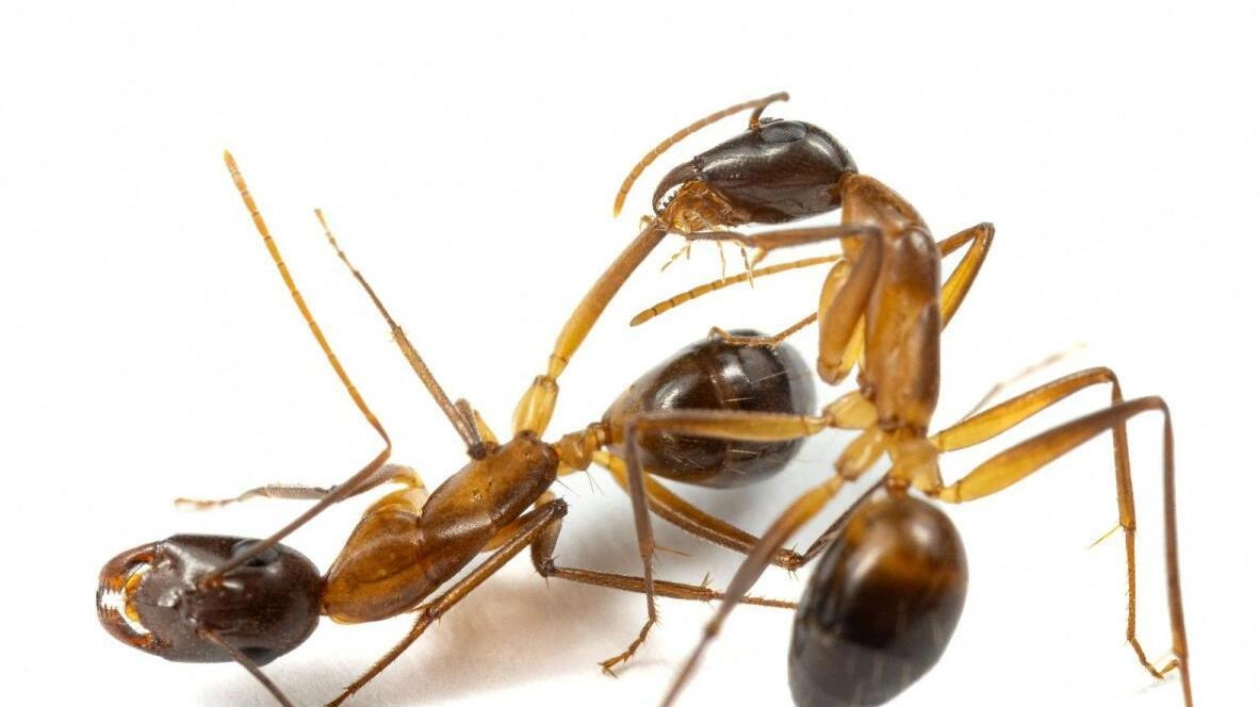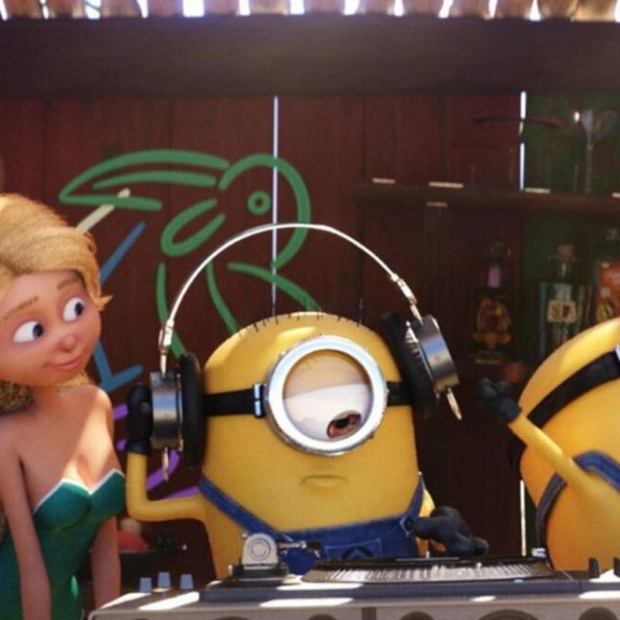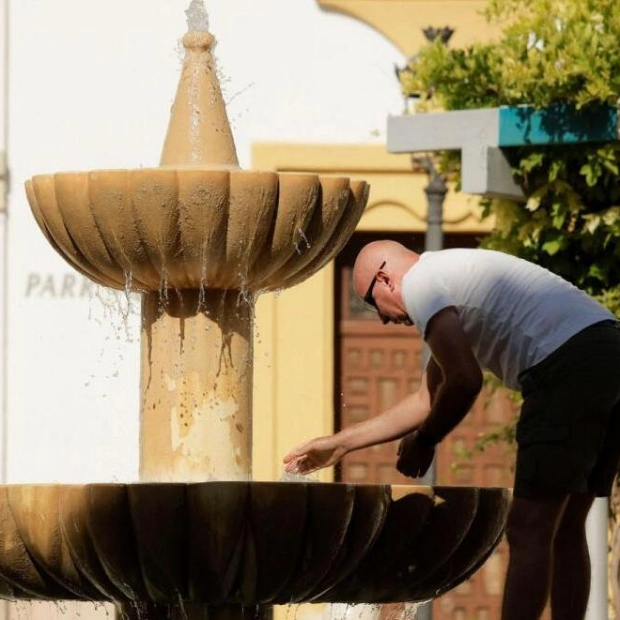Surgeons perform limb amputations when severe injuries, such as those from warfare or vehicle accidents, result in extensive tissue damage, or in cases of significant infection or disease. However, humans are not the only ones to carry out such procedures. Recent studies reveal that certain ant species also engage in limb amputation to enhance the survival prospects of their injured members. Specifically, Florida carpenter ants, known scientifically as Camponotus floridanus, a reddish-brown species over 1.5cm in length found in parts of the southeastern United States, have been observed performing this behavior. These ants treat injured limbs of their nestmates either by cleaning the wounds with their mouthparts or by amputating the damaged limb through biting. The decision to amputate or clean depends on the injury's location; amputation is always chosen for injuries higher up the leg, while lower injuries are never amputated.
"In this study, we report the first instance of a non-human animal using amputation to save another's life," stated Erik Frank, an entomologist from the University of Würzburg in Germany and the lead author of the research published in the journal Current Biology. Frank believes that the ants' system for caring for the injured is the most advanced in the animal kingdom, comparable only to human medical practices. This ant species builds its nests in decaying wood and fiercely defends its territory against other ant colonies. The researchers focused on injuries to the upper and lower parts of the leg, commonly seen in wild ants due to fights, hunting, or predation.
The ants were studied under laboratory conditions, where they were seen deciding between amputating a leg or spending additional time tending to the wound. The reason behind their decisions is linked to the flow of hemolymph, the equivalent of blood in most invertebrates. Injuries lower on the leg have a higher hemolymph flow, allowing pathogens to enter the body quickly, making amputation ineffective. Conversely, injuries higher up the leg have a slower hemolymph flow, enabling timely and effective amputations. Regardless of the treatment, ants initially clean the wound, possibly applying secretions from mouth glands and likely removing contaminated hemolymph. The actual amputation process can take over 40 minutes to several hours, involving persistent biting at the limb's base.
Survival rates post-amputation for upper leg injuries were around 90-95%, significantly higher than the 40% for untreated injuries. For lower leg injuries where only cleaning was performed, survival rates were about 75%, compared to 15% for untreated injuries. Unlike other ant species that use antibacterial glandular secretions, this species lacks such a gland. Ants, which have six legs, remain functional even after losing one. The behavior was observed in female ants, as all worker ants are female, while males have a minimal role in ant colonies.
The motivation behind these amputations is rooted in evolutionary logic rather than compassion, according to Frank. Caring for the injured conserves resources by rehabilitating workers who can then resume productive roles in the colony. However, severely injured individuals are left to die, as caring for them would be inefficient.






